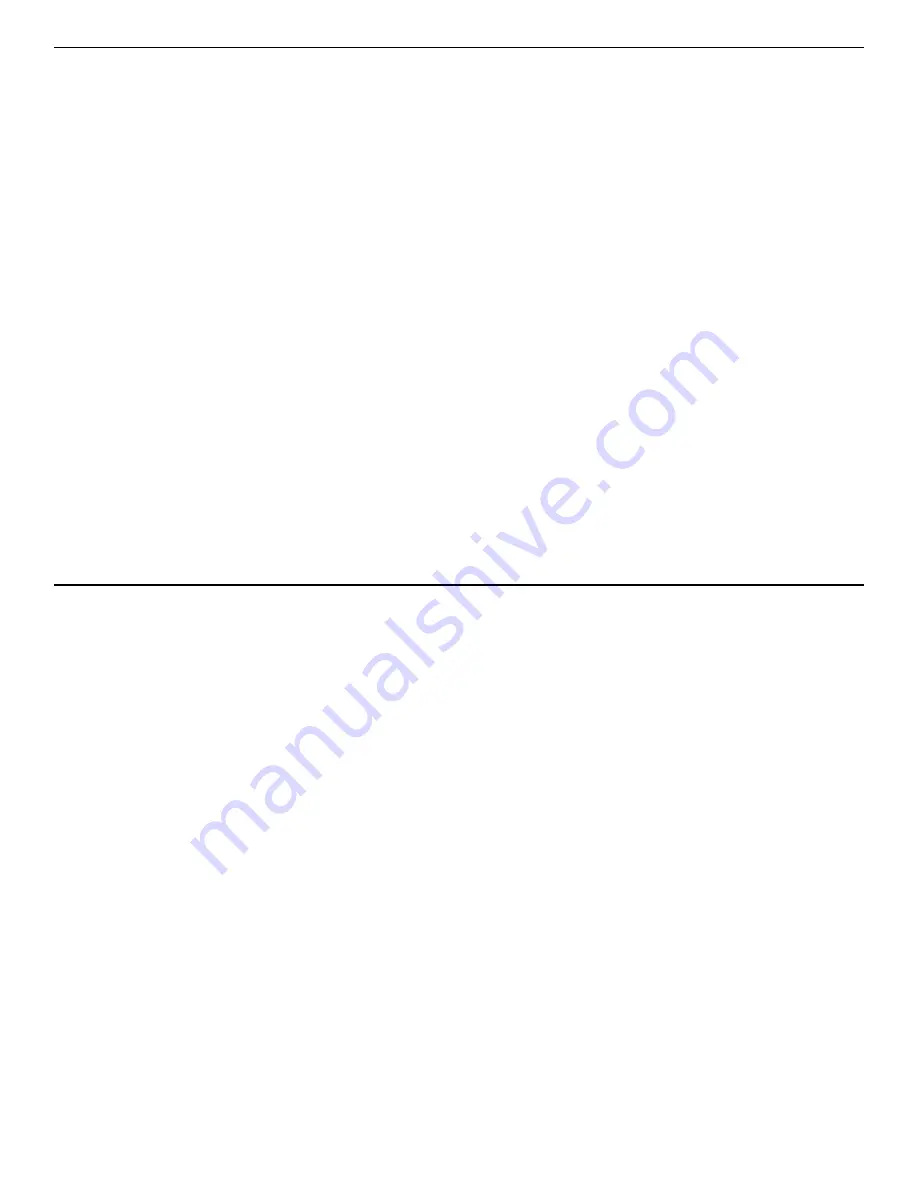
Cleaning
Different producers of airbrush cleaning solutions, thinners, solvents, and paints provide instructions with their products on
how to best use them, and the lengths of time they recommend soaking your airbrushes in their cleaning, thinner, or solvent
solutions. We recommend following their instructions and or adding them to the steps below to clean and maintain your
airbrush where applicable.
• Place your airbrush parts into a glass basin and fill with appropriate solvent or warm water and cleaning solution if you are
using a water-based paint. Add warm water and an airbrush cleaner to the basin, enough to submerge all parts of the
airbrush. If you have used oil-based paints, or a paint that requires a solvent or thinner other than water, we recommend
using the paint manufacturer’s recommended paint thinner, solvent or water to clean out the paint remaining inside the
airbrush.
• Leave the airbrush in the solvent or cleaner for about 10 to 15 minutes.
• After soaking your airbrush, allow the airbrush to drain any access liquids from inside.
• Take a pipe brush and insert it into the front of the airbrush while rotating, pushing any remaining paint into the paint
chamber below where a paint cup attaches.
• After wirebrushing any remaining paint into this chamber, use a cotton swab to wipe up any paint from the paint chamber in
the airbrush.
• Place the body of the airbrush back in the basin to soak again while using your brush and cotton swabs to clean all the
components.
• Before cleaning the needle, run a fingernail along the length of the needle to feel if there are any bumps or high spots along
the needle. These high spots are where paint has built up along the needle. We recommend using paper towels to clean
the needle, as they can be abrasive but gentle enough to not damage the needle. Repeat until you can no longer feel high
spots with your fingernail. If a paper towel is inadequate, use extra-fine steel wool (steel wool for polishing metals).
• Remove parts from the cleaning basin and place on paper towel. If the airbrush was cleaned using solvent, allow parts to
air dry. If cleaned in water and cleaning solution, rinse basin and refill with clean water, then put parts back in for a final
rinse. After rinsing, remove and allow to air dry on a paper towel.
Reassembling Your Airbrush
• Reinstall the air valve screw (25) until tight.
• Reinstall the nozzle (3) and snug down with the included wrench. This part is very delicate; do not overtighten.
• Reinstall the nozzle cap (2).
• Reinstall the front air cap (1) until tight.
• Reinstall the needle (26).
Note that the needle must pass through the center of the trigger. The trigger may need to be slightly raised or lowered to
properly align for the needle to pass through.
• Carefully feed the needle into the airbrush from the rear of the airbrush with the pointed end going in first.
• Gently feed the needle through the trigger and continue pushing until it engages into the nozzle and can go no further.
• Reinstall the needle collet (24) and tighten to securely grip the needle.
• Reinstall the handle (20) to the back end of the airbrush while making sure that the back end of the needle enters the tube
inside the handle and tighten.
• Install the paint cup and top (11 & 12) onto the top of the airbrush.
Important Note:
• If the airbrush trigger (10) comes out of the airbrush during cleaning, the trigger rocker (9) will push into a forward position
blocking the trigger from being installed.
• Pulling back on the trigger rocker with your fingernail or a thin blade screwdriver will allow the trigger to be reinstalled into
the airbrush.
• Note that the top surface of the trigger has grooves on half of it which should be facing towards the front of the airbrush.




